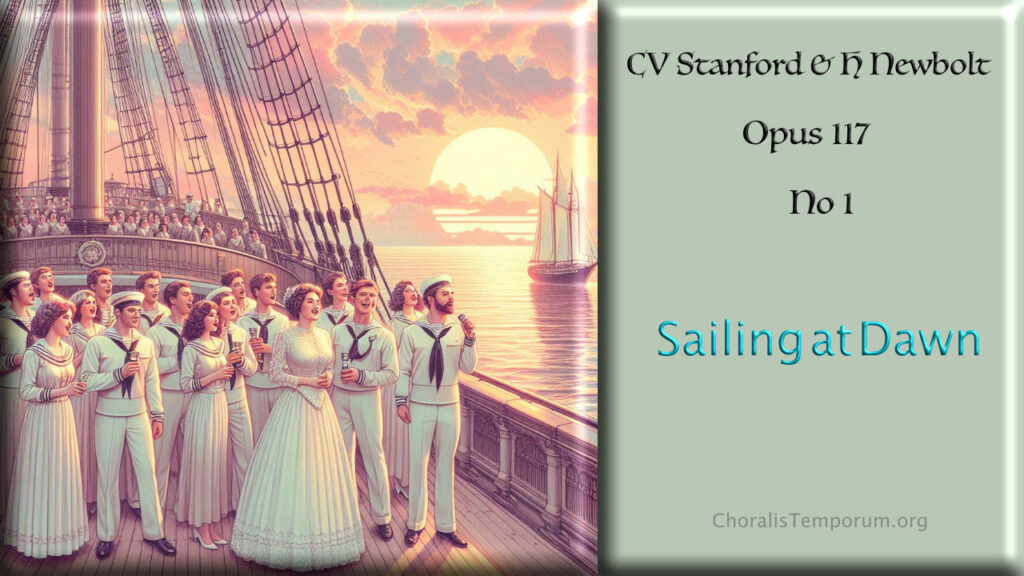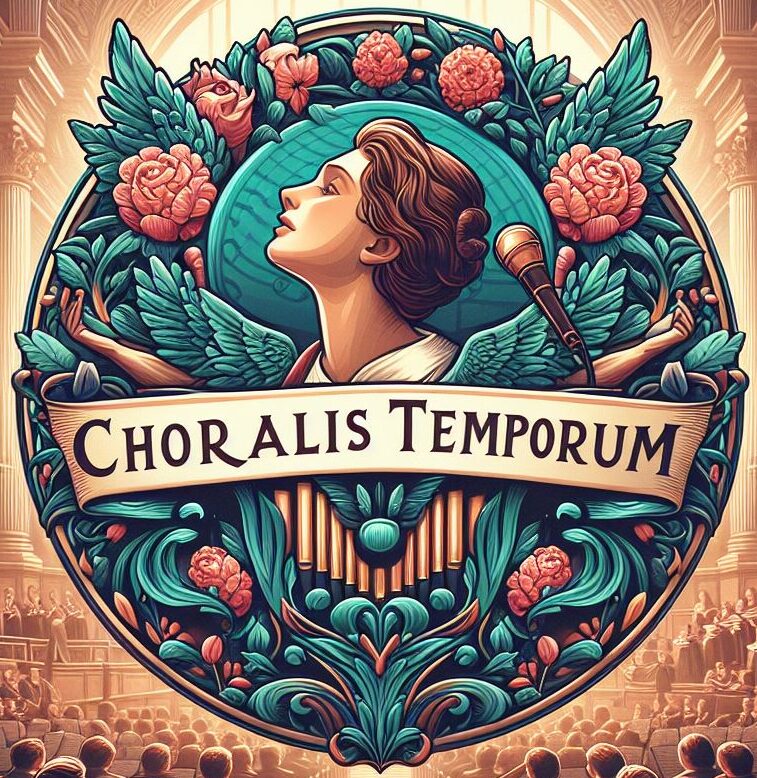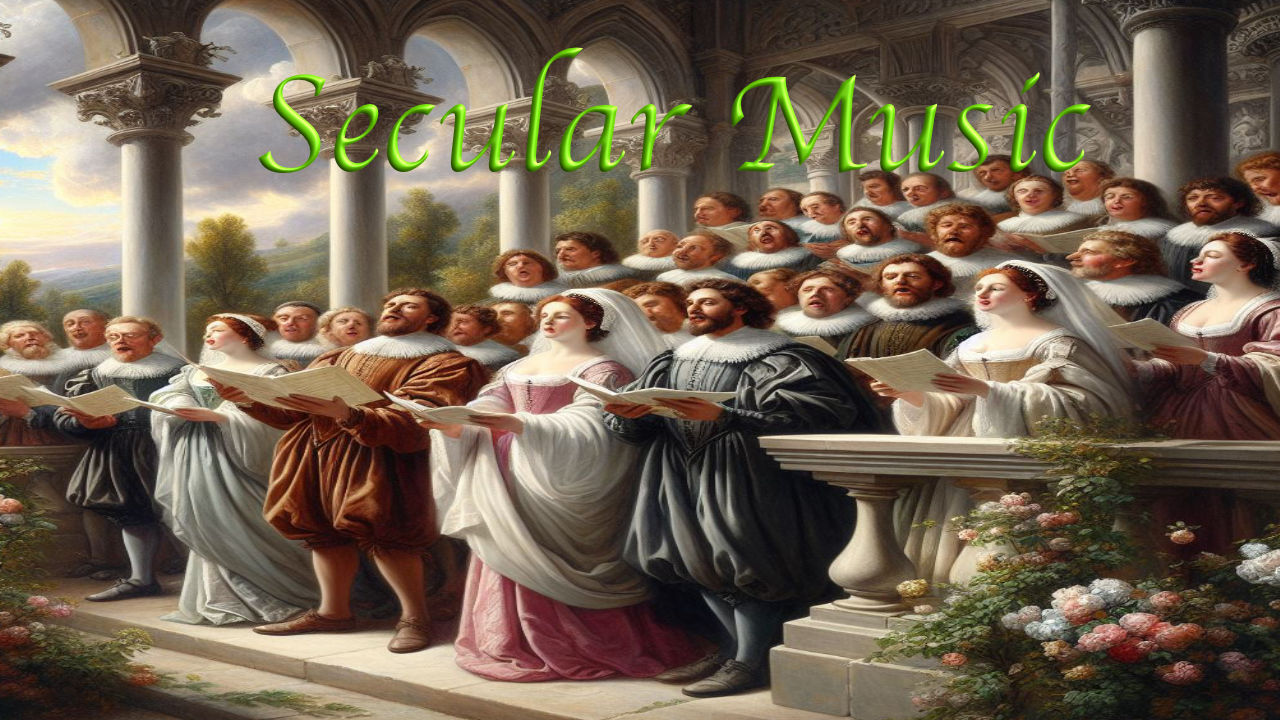British secular music underwent a significant evolution from the Renaissance period onwards.
During the Renaissance, secular music was primarily for the entertainment of nobility. A single court or royal family could employ as many as ten to sixty musicians, singers, and instrumentalists. These musicians were often transported from one castle to another to entertain the court’s patron. Secular vocal music became increasingly popular during this period. Music was set to poems from several languages, including English. One instrument or small groups of instruments were used to accompany solo voices or groups of solo voices.
One of the most popular forms of English Renaissance secular music was the lute song. This was a piece for a single voice accompanied by the lute, a plucked-string instrument descended from the Arabic oud. Thomas Weelkes, a church organist and composer, became one of the finest English madrigal composers.
The Renaissance period in England began in the late 15th century and lasted until the early 1600s. It encompassed the Tudor period, including the ‘golden age’ of Queen Elizabeth I, and the Jacobean period, under King James I. For church musicians, it was a turbulent time as successive monarchs imposed different religious regimes.
The transition from the Renaissance to the subsequent periods saw further development and diversification in British secular music. The influence of these historical periods on British secular music is still evident today.
British Folk Songs – all parts SATB

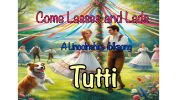
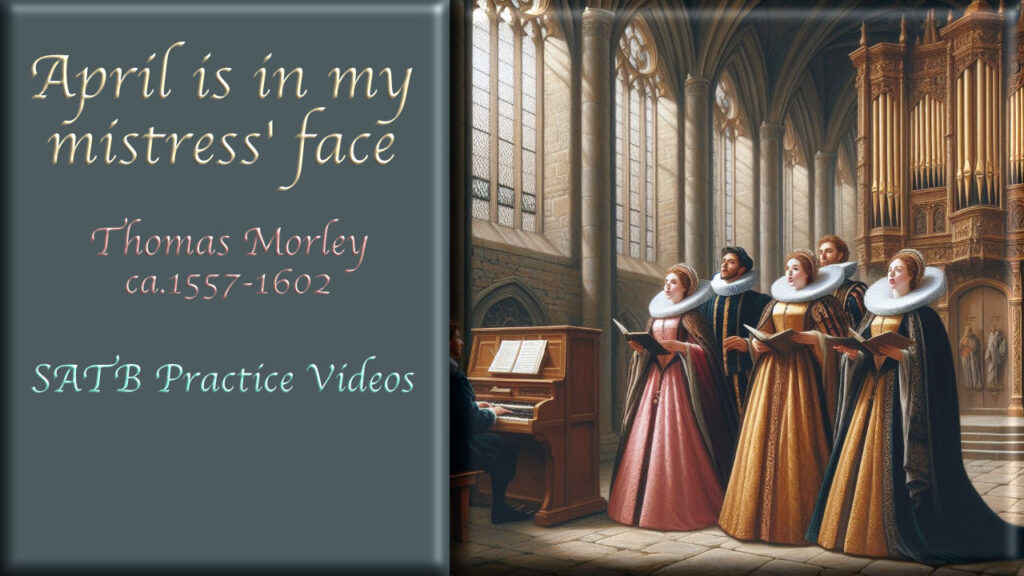
Charles Villiers Stanford
Songs of The Fleet
